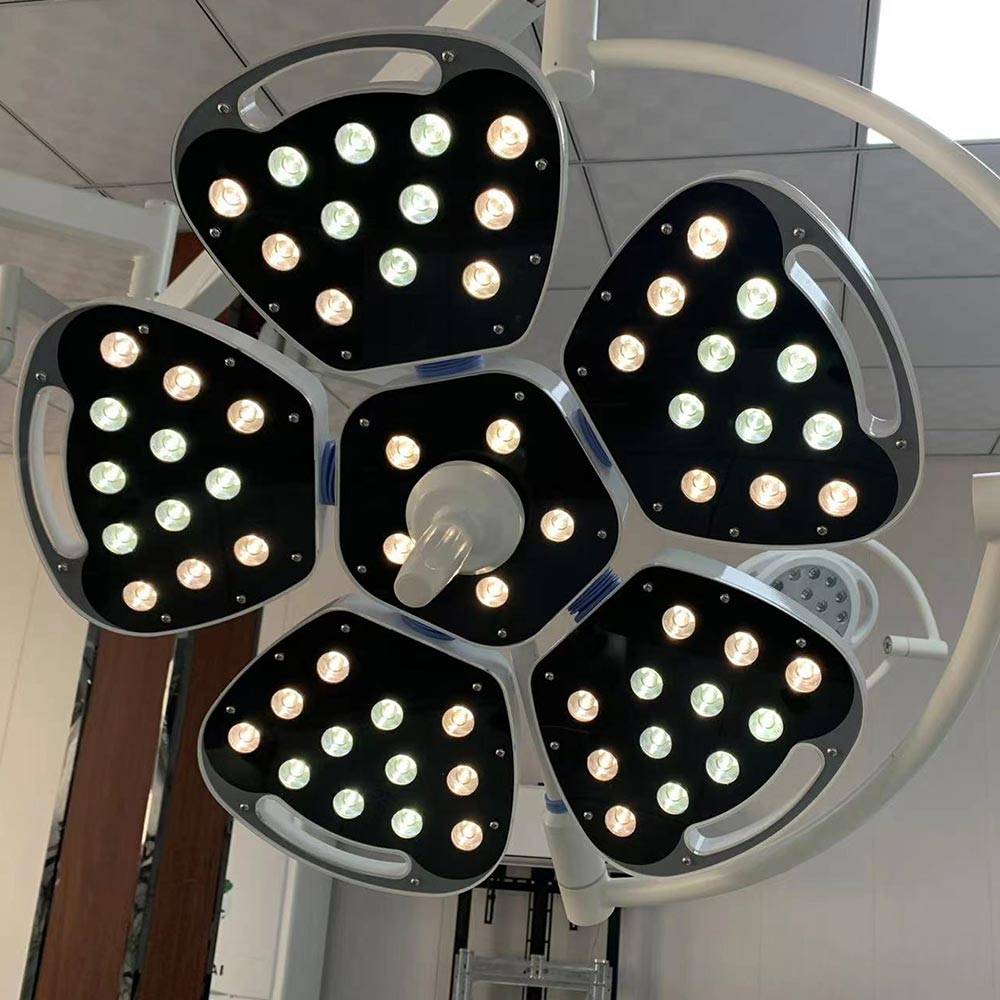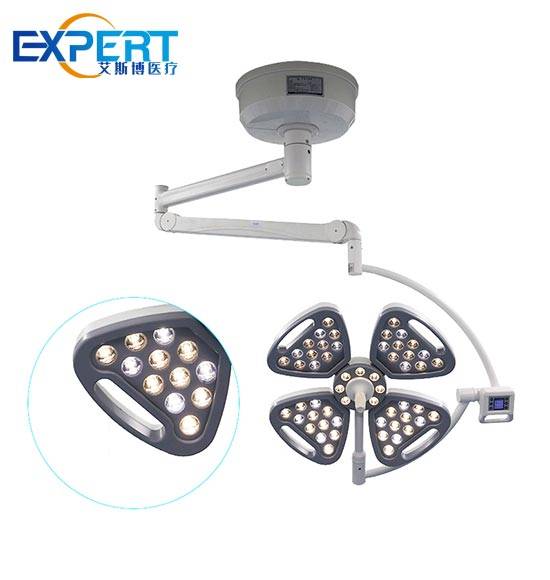عنوان
304 شارع الكاردينال الشمالي
مركز دورتشستر ، ماساتشوستس 02124
ساعات العمل
من الاثنين إلى الجمعة: 7 صباحًا - 7 مساءً
عطلة نهاية الأسبوع: 10 صباحًا - 5 مساءً
عنوان
304 شارع الكاردينال الشمالي
مركز دورتشستر ، ماساتشوستس 02124
ساعات العمل
من الاثنين إلى الجمعة: 7 صباحًا - 7 مساءً
عطلة نهاية الأسبوع: 10 صباحًا - 5 مساءً

In the realm of modern medicine, surgical lights play a pivotal role in ensuring optimal visibility and precision during surgical procedures. From traditional halogen lights to advanced LED systems, the evolution of surgical lighting technology has revolutionized the operating room environment. In this comprehensive guide, we delve into the key aspects of surgical lights, their importance in surgical settings, and the latest advancements shaping the field.

Surgical lights are specialized lighting systems designed to provide bright, shadow-free illumination of the surgical field. They are strategically positioned above the operating table to illuminate the surgical site while minimizing glare and shadows. Below is a table comparing different types of surgical lights based on key parameters:
| يكتب | مصدر ضوء | Color Temperature | Intensity (Lux) | Lifespan (Hours) |
|---|---|---|---|---|
| الهالوجين | Halogen Bulb | 3,500 – 4,500 K | 30,000 – 60,000 | 1,000 – 2,000 |
| قاد | Light-Emitting Diode | 4,500 – 5,500 K | 60,000 – 160,000 | 30,000 – 60,000 |
| زينون | Xenon Bulb | 5,000 – 6,000 K | 100,000 – 160,000 | 1,000 – 2,000 |
Surgical lights are evaluated based on several crucial features that determine their effectiveness and suitability for various surgical applications:
Surgical lights are indispensable in a wide range of medical specialties, including:
General Surgery: Providing clear illumination of the surgical field for procedures such as appendectomies, hernia repairs, and laparoscopic surgeries.
جراحة العظام: Facilitating precise visualization during joint replacements, fracture repairs, and spinal surgeries.
جراحة الاعصاب: Ensuring optimal lighting for delicate procedures involving the brain and spinal cord, such as tumor resections and aneurysm repairs.
Plastic Surgery: Enhancing visibility for intricate procedures such as facial reconstructions, breast augmentations, and cosmetic surgeries.

Choosing the appropriate surgical أضواء involves careful consideration of several factors:
Surgical lights are indispensable tools in modern operating rooms, providing surgeons with the illumination they need to perform complex procedures safely and effectively. From traditional halogen lights to advanced LED systems, the evolution of surgical lighting technology continues to drive improvements in patient outcomes and surgical efficiency. By understanding the key features and advantages of different types of surgical lights, healthcare facilities can make informed decisions to enhance the surgical experience for both patients and medical staff.
Q: Are LED surgical lights suitable for all types of surgeries?
A: Yes, LED surgical lights are versatile and can be used in various surgical specialties. However, it’s essential to ensure that the specific light model meets the requirements of the procedure being performed.
Q: How do I choose the right surgical light for my operating room?
A: When selecting surgical lights, consider factors such as light intensity, color rendering, adjustability, and compatibility with the operating room layout and equipment.
Q: Can surgical lights be sterilized between procedures?
A: Depending on the design, some surgical lights feature removable, autoclavable handles or covers that allow for easy sterilization. It’s crucial to follow the manufacturer’s recommendations for cleaning and sterilization procedures.
Q: What are the maintenance requirements for surgical lights?
A: Routine maintenance tasks for surgical lights may include bulb replacement, cleaning of lenses and reflectors, and periodic inspection for any signs of damage or malfunction.